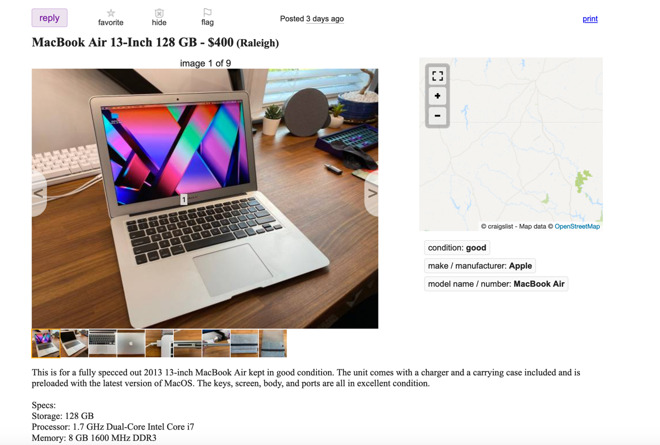

Strong reference cycle between two classes Both are based on strong reference cycles.
#CHECK FOR MEMORY LEAKS MAC CODE#
There are two types of memory leaks in the code I showed you above and as found by Xcode’s Memory Graph Debugger. Choose the memory leak you want to examine in the Issue Navigator and then check out its corresponding diagram, like so: Minimize the Debug Area and close the Assistant Editor (if applicable) so you can see the top, middle pane in Xcode.

If you have an app’s code base that you suspect is exhibiting the signs of memory mismanagement, open the project in Xcode and: Note that the name of the Xcode project I’m using in this tutorial is “Closure Retain Cycles.” You’ll see that name in several of this tutorial’s supporting graphic images. Finding memory leaks in your code is quite cumbersome when trying to debug via rote inspection, setting breakpoints, adding logging statements, etc.
:max_bytes(150000):strip_icc()/-best-iphone-emulators-of-2018-4580594-1-5c15567b46e0fb00016e0e3e.png)
What about real-world projects with hundreds of thousands or millions of lines of code? Suppose that you’ve heard reports of diminished app performance, low memory warnings, or just plain app crashes. My sample code in both tutorials was didactic. You should also understand how generally straightforward it is to fix such a memory leak. I recently discussed iOS memory management and memory leaks that occur when using reference semantics and reference types (classes) in my tutorials on “Swift 4 memory management via ARC for reference types (classes)” and “Fixing memory leaks - strong reference cycles - in Swift 4.” After reading these articles, you should understand how easy it is to inadvertently encode and introduce a strong reference cycle into your Swift 4 code and thus end up with a memory leak.
#CHECK FOR MEMORY LEAKS MAC HOW TO#
Once we identify some memory leaks, I’ll show you how to plug those leaks by using the Swift language’s weak and unowned qualifiers, and talk about the differences between the two qualifiers.

This is a powerful visual tool and doesn’t require you to step out of Xcode and start the Leaks Instrument. In this tutorial, I’ll show you how to track down memory leaks within Xcode via the Memory Graph Debugger, new since Xcode 8.


 0 kommentar(er)
0 kommentar(er)
